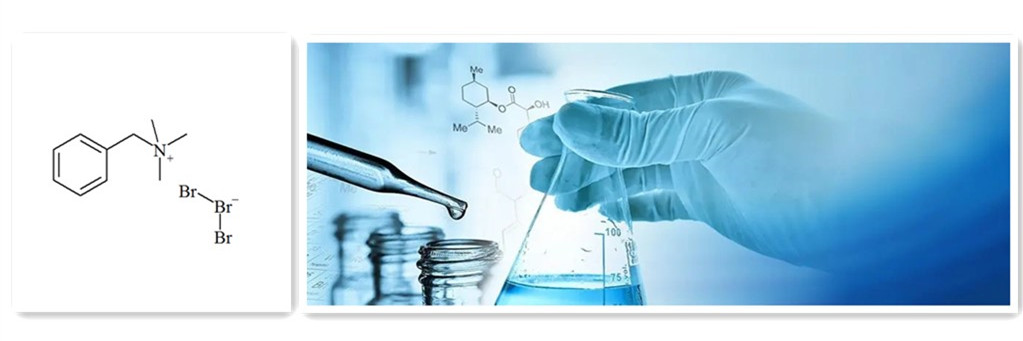Synthesis of 6-Bromoquinoline Compounds Catalyzed By Benzyl Trimethyl Ammonium Tribromide
Nov 16, 20216-Bromoquinoline compounds refer to compounds that are replaced by bromine atoms at the sixth position of the quinoline molecule. Due to the structural characteristics of quinoline, 6-bromoquinoline compounds have important application value in the fields of medicine and materials science. They have a wide range of applications in the synthesis of drugs, pesticides, and dyes. In addition, due to their conjugated systems and aromaticity, these compounds are also used in fields such as organic optoelectronic devices, photosensitive materials, and organic optoelectronic converter devices.
On the basis of the early synthesis of 6-bromoquinoline compounds, we have studied the synthesis of 6-bromoquinoline compounds. Under the action of Benzyl trimethyl ammonium tribromide, the synthesis of 6-bromoquinoline compounds can be efficiently achieved. The synthesis steps are as follows:

1. First, add Benzyl trimethyl ammonium tribromide and an appropriate solvent, such as acetonitrile or dichloromethane, to the reaction vessel. Ensure that the reaction vessel is maintained at the suitable temperature and stirring conditions.
2. Add the precursor of the target compound, such as quinoline derivatives or other suitable reactants. Typically, one hydrogen atom in the precursor molecule will be replaced by a bromine atom.
3. Control the temperature and reaction time to promote the reaction. The specific temperature and reaction time will depend on the reactants and conditions used. Typically, the reaction is conducted at room temperature to heating conditions, and the reaction time can range from several hours to several days.
4. After the reaction is complete, the product can be purified and separated using appropriate methods. Techniques such as solvent extraction, crystallization, or column chromatography can be used for purification.